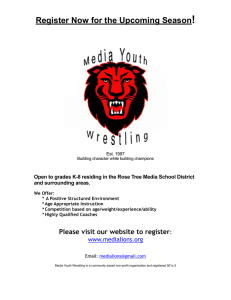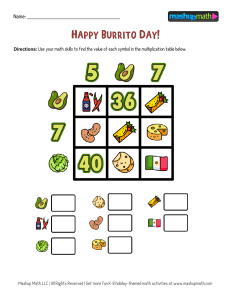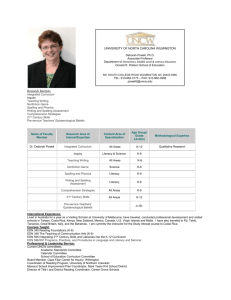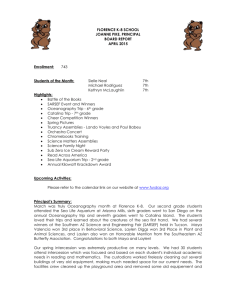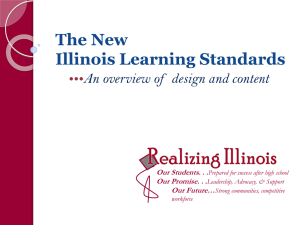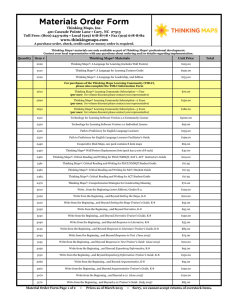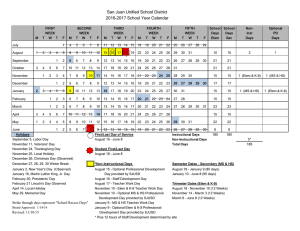Conflict Resolution Education Ideas to Set Up the Classroom
advertisement
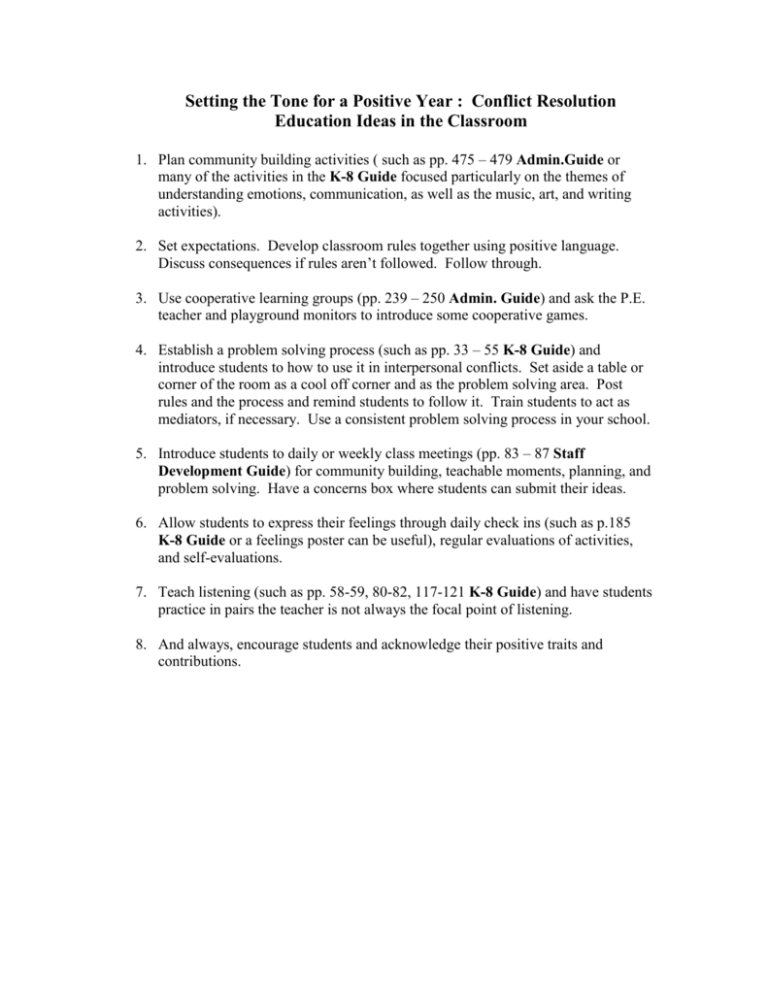
Setting the Tone for a Positive Year : Conflict Resolution Education Ideas in the Classroom 1. Plan community building activities ( such as pp. 475 – 479 Admin.Guide or many of the activities in the K-8 Guide focused particularly on the themes of understanding emotions, communication, as well as the music, art, and writing activities). 2. Set expectations. Develop classroom rules together using positive language. Discuss consequences if rules aren’t followed. Follow through. 3. Use cooperative learning groups (pp. 239 – 250 Admin. Guide) and ask the P.E. teacher and playground monitors to introduce some cooperative games. 4. Establish a problem solving process (such as pp. 33 – 55 K-8 Guide) and introduce students to how to use it in interpersonal conflicts. Set aside a table or corner of the room as a cool off corner and as the problem solving area. Post rules and the process and remind students to follow it. Train students to act as mediators, if necessary. Use a consistent problem solving process in your school. 5. Introduce students to daily or weekly class meetings (pp. 83 – 87 Staff Development Guide) for community building, teachable moments, planning, and problem solving. Have a concerns box where students can submit their ideas. 6. Allow students to express their feelings through daily check ins (such as p.185 K-8 Guide or a feelings poster can be useful), regular evaluations of activities, and self-evaluations. 7. Teach listening (such as pp. 58-59, 80-82, 117-121 K-8 Guide) and have students practice in pairs the teacher is not always the focal point of listening. 8. And always, encourage students and acknowledge their positive traits and contributions.
